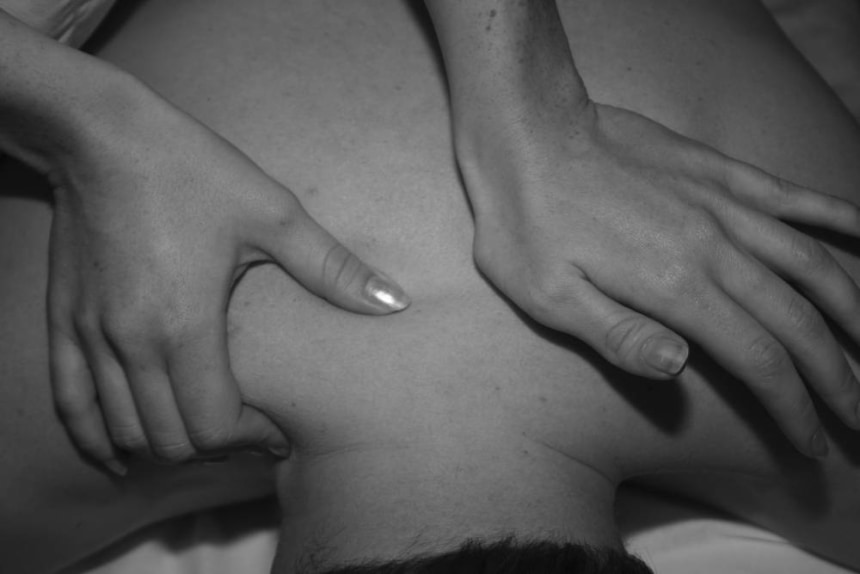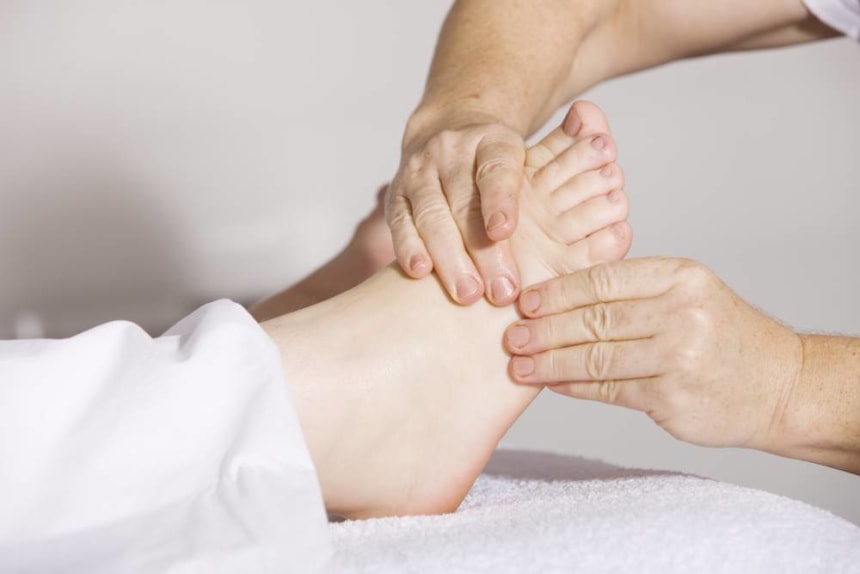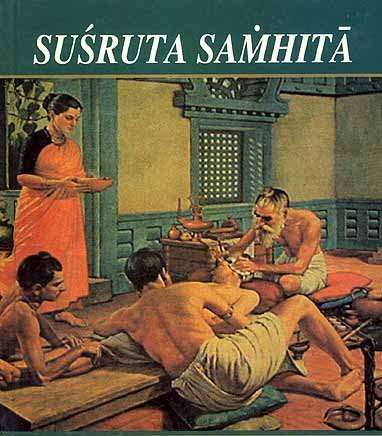
Ayurveda in Sri Lanka
“Ayurveda” is not only a form of medication – it is a complete way of life known to generations of Sri Lankans for over 3000 years. It is a gentle method of treating the root causes of illness in both mind and body.
The health conscious today are searching for effective alternatives to the spiraling costs and side effects that at times result from the use of modern medicine. Sri Lankans, in the last couple of millennia, has made use of the “user-friendly and traditional medicine – Ayurveda” which over 75% of the island’s population depend on because of its reliance on natural plants, herbs and oils. Known as nature’s way to good health, the efficacy of “Ayurveda” has been proved by 3,000 years of successful caring and curing.
What is Ayurveda….?
It is an ancient system of medicine developed in our part of the world, long before the “father of medicine”, Hippocrates, was even born. The name comes from two conjoined Sanskrit words “Ayuh” (life) and “Veda” (science or knowledge). It’s basically a science of healthy living. Ayurveda has two aims – to preserve health and to cure a bodily afflicted disease.
One of the fundamental beliefs of Ayurveda is the doctrine of “Tri Dosha” or the Three Vital Forces – Vayu, Pitta, and Kapha. Generally translated into Wind, Bile and Phlegm, a more accurate interpretation of Vayu is the transmission of energy within the body; in modern medical terms, nerve impulses, muscle contraction and hormonal activity.
Pitta may not be confined to bile but signifies the whole scope of metabolism and internal heat production while Kapha means mucus, often described as “The Protective Fluid”.
The modern concept of mucus as an antibody containing a liquid which coats and protects internal linings of the body seems to fit in with Ayurvedic thinking. When the three, “Doshas” are balanced, the body is in good health. When this equilibrium is disturbed and the balance of these complementary forces become unbalanced and upset, illness takes over.
Ayurvedic practitioners study the patient as a whole with the object of restoring balance, getting to the root of the problem and treating it. Local folk have been known to say that while western medicine classifieds germs and attempts to destroy them, Ayurveda classifies human beings and attempts to save them. As per history, Ayurveda embraces all living things, animate and inanimate. It is divided into three main branches: Nara Ayurveda dealing with human life, Satva Ayurveda dealing with animal life and its diseases, Vriksha Ayurveda the science dealing with plant life its growth and diseases. When one goes deep into the science of Ayurveda, it is clear that this is not only a system of medicine but a way of living for complete positive health and spiritual attainment.
Ayurveda believes that the highest wealth one receives is health. Righteous Life (Dharma), Wealth (Artha), Fulfillment of Desires (Kama) and Attainment of Salvation (Moksha), all these four factors depend on a healthy life. Swasthya (Health) is defined as (a) Dosha Dhatu Samya (well-balanced metabolism) and (b) Prasanna Atma, Indriya, Manah (a happy state of the being, senses and mind). The five organs of perception Gana Indriya (smell, taste, sight, touch, and hearing) while the organs of action Karma Indriya namely mouth, hands and feet, organs of excretion and reproduction. The origin of Ayurveda dates back to the Vedic Era. Some historians say that Ayurveda is a part of Atharva Veda. In Atharvaveda too there are hymns which mention medicine for various diseases. Medicines like Accorus Calamus, Phylanthantus embolic are mentioned.
The systematized form of Ayurveda dates back to the Rishi conference which was held in the place called Chityarata in the foot hills of Mount Himalaya. The great book on Ayurveda Characa Samhita gives a detail description of the Rishi conference. Rishis are enlightened and refined persons who are absolutely free from the predominance of Rajas and Tama by virtue of the power of penance and knowledge and who are always in possession of an uninterrupted knowledge pertaining to past, present and future known as authorities (Aptaos). They are also known as a gentleman (Sista) and enlightened (Vibudha) persons and their words are considered free beyond any doubt. When diseases were more prevalent these learned scientists of India and neighboring countries like Sri Lanka and of Greater India were consulted. A list of the names of scientists who attended the conference is also given in Charaka Samhita. At this conference, all the scattered knowledge was collected and 8 schools of thoughts were originated. The main is the school of internal medicine, school of surgery and school of pediatrics. Agniveshas book on internal medicine became the authoritative text. Today it is known as ‘Characa Samhita’.
Susruta’s book on surgery became the authoritative text on that subject. Kashyapa’s book on pediatrics became the standard
book of the subject. There were books written on other subjects like toxicology, ENT diseases etc; but they were lost and are unable to locate to this day. Nevertheless, certain portions of some of these books are found. The knowledge of Ayurveda is believed to be of Divine origin and was communicated to the saints and sages of India who received its wisdom through deep meditation. Originally only Brahmins were considered as physicians. But later people from other castes also learned this art of healing and a specific term Vaidya was used for these practitioners. The state of the art of ancient healing was enhanced by the myths and legends of the God of healing, Divodosa Dhanvantari. It is believed that Dhanvanatri, who later wrote down the text of Ayurveda, taught the science of medicine to the sages. According to another legend, the knowledge of healing originated from Brahma who taught it to Daksha, who further taught Indra. When diseases and death started creating havoc, all great sages gathered in order to find a solution to this havoc-creating problem. During this meeting, Sage Bharadwaja came forward to learn this art of healing from Indra. He then taught this science to Atreya- who further transmitted this knowledge throughout the world. Later Agnivesh who was foremost among the disciples of Atreya wrote Agnivesha Samhita- the most comprehensive form of Ayurveda. The oldest compilations of Atreya and Agnivesha are lost. There are three main re-organizers of Ayurveda whose works still exist and are in use. These works were compiled in texts of Charaka, Sushruta and Vaghbata Samhita.




